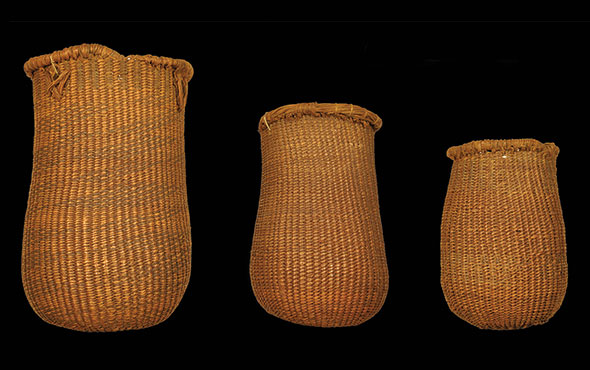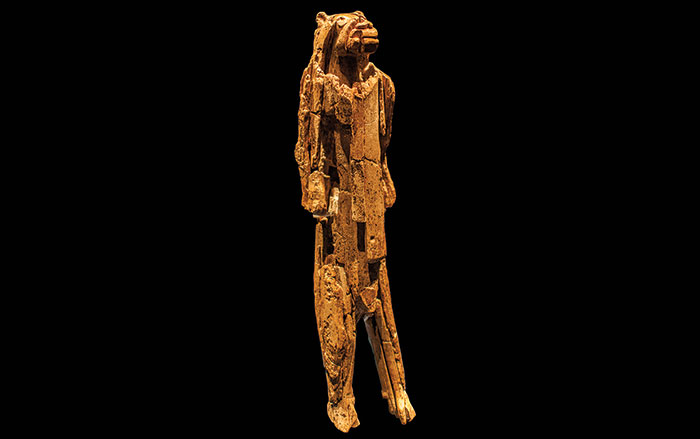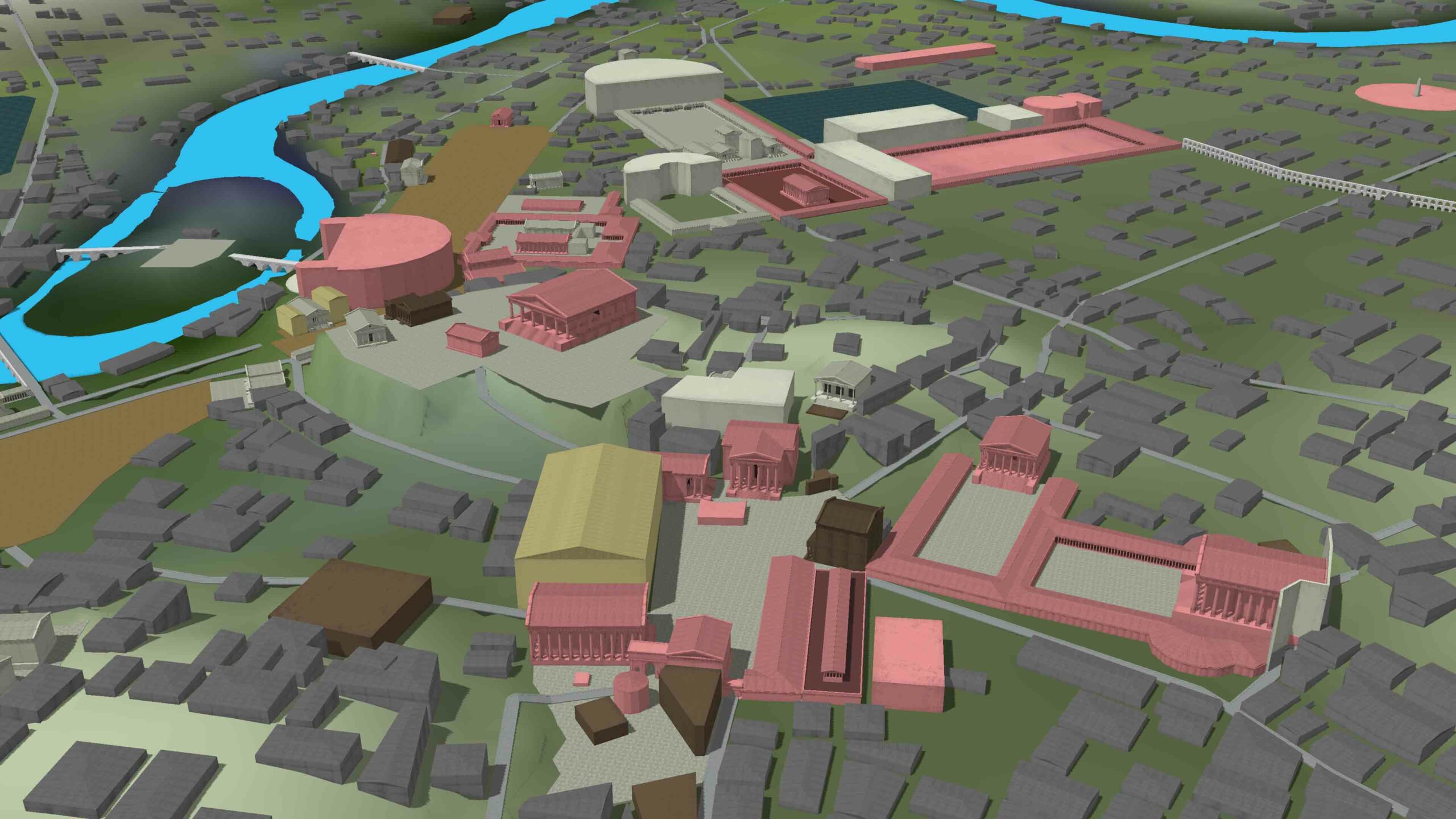
BINGHAMTON, NEW YORK—The human body has gone through four main stages of evolution, according to an international team of scientists who studied fossils from the Sima de los Huesos in Spain’s Sierra de Atapuerca. The site of Sima de los Huesos, or “Pit of Bones,” dates back some 430,000 years and contains more human fossils than have been found anywhere else in the world. The researchers then compared the Atapuerca individuals to the rest of the human fossil record and found that they fit into the third stage of evolution, and shared many anatomical features with later Neanderthals. They were relatively tall, with wide, muscular bodies and less brain mass relative to body mass compared to Neanderthals. “This is really interesting since it suggests that the evolutionary process in our genus is largely characterized by stasis (i.e. little to no evolutionary change) in body form for most of our evolutionary history,” Rolf Quam of Binghamton University said in a press release. Such tall, wide, robust walkers seem to have been present in the genus Homo for more than a million years. Taller, lighter, narrower bodies emerged later with modern humans. To read more about Sima de los Huesos, go to "A Place to Hide the Bodies."









